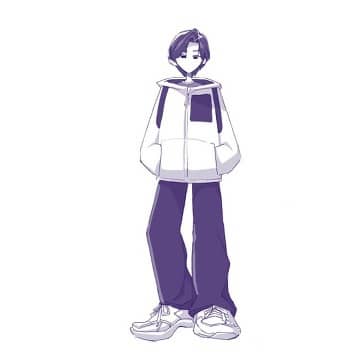IObjectResolver를 통해 직접적으로 DI Container에 접근할 수 있습니다!
VContainer는 자동으로 IObjectResolver를 등록하고 필요한 곳 어디든지 Inject합니다!
그래서, 다른 dependency에서 얻는 것처럼 IObjectResolver을 얻을 수 있습니다!
class ClassA
{
public ClassA(IObjectResolver container)
{
// Get (or create) whatever is registered as ServiceA.
// This might be a subclass if you registered the
// subclass as a ServiceA.
var serviceA = container.Resolve<ServiceA>();
// Inject all relevant dependencies into foo. Injecting
// an object twice will overwrite any property or
// field (or call the method) which is marked with [Inject].
container.Inject(foo);
// Inject dependencies into the MonoBehaviours of this
// GameObject and its descendents, regardless of whether
// the targeted GameObjects and MonoBehaviours are enabled.
container.InjectGameObject(gameObject);
// Instantiate a GameObject from a prefab and inject
// its MonoBehaviours (and those of its descendents) with
// dependencies. If you're creating GameObjects through
// other means (e.g. procedurally or from Addressables)
// then consider using InjectGameObject.
var object1 = container.Instantiate(prefab);
// There are also overloads that mimic Object.Instantiate.
var object2 = container.Instantiate(prefab, parent);
var object3 = container.Instantiate(prefab, position, rotation, parent);
}
}
만약 정기적으로 특정한 패턴안에서 IObjectResolver.Inject 을 사용한다면, IObjectResolver.Inject을 위한 확장(extension) 메서드를 작성하는 것을 고려해야합니다.
사실은, 거의 모든 IObjectResolver API는 확장 메서드를 가지고 있습니다!

